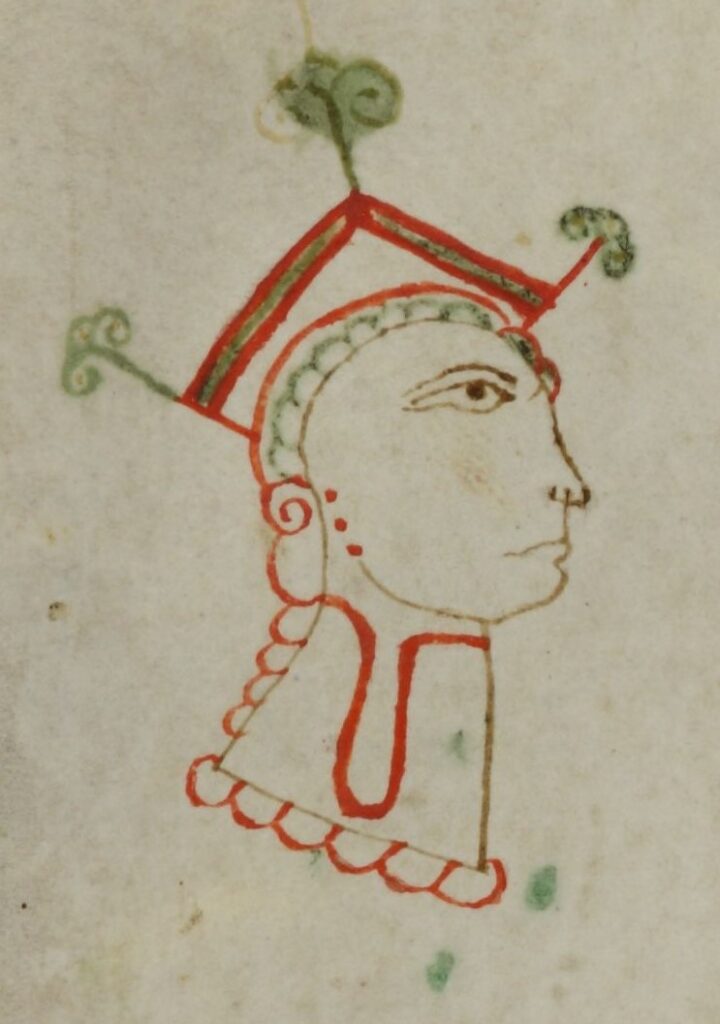Luciana Furbetta, ‘L’écriture “en réseau”. Réflexions sur la fonction “socio-stylistique” de la correspondance de Sidoine Apollinaire’, Mélanges de l’École française de Rome. Moyen Âge 135 (2023) 171-89.
Here online

Luciana Furbetta, ‘L’écriture “en réseau”. Réflexions sur la fonction “socio-stylistique” de la correspondance de Sidoine Apollinaire’, Mélanges de l’École française de Rome. Moyen Âge 135 (2023) 171-89.
Here online

Jeroen Wijnendaele has put out the edited volume Late Roman Italy: Imperium to Regnum with Edinburgh’s EUP. Of particular interest to students of Sidonius is Adrastos Omissi’s chapter on Late Roman Italy in Latin Panegyric (pp. 454-74).

Tabea Meurer and Veronika Egetenmeyr have published a selection of the papers given at the Gallia docta? conference of March 2021 (Greifswald, online): Gallia docta? Education and In-/Exclusion in Late Antique Gaul.
Contributions specifically concerning Sidonius include articles by Hendrik Hess, Judith Hindermann, Alison John, Gernot Michael Müller and Willum Westenholz. Joop van Waarden rounds off his ‘you’ and ‘I’ cycle.
Further details and an open access PDF here

Manuscript Paris IRHT, collection privée 347 (formerly Schøyen Collection 246; Dolveck #53 in the Sidonius Companion, p. 527), is now freely accessible online.

Ágnes Horváth, ‘Sidonius a középkor és a reneszánsz magyar irodalmában’, Antikvitás & Reneszánsz 9 (2022) 69-86, discusses Sidonius’ role in the Hungarian literature of the Middle Ages and the Renaissance.
Read here

Ágnes T. Horváth, ‘Supplements to the Ancestry of Sidonius Apollinaris’, Chronica 22 (2023) 154-63, investigates Sidonius’ ancestry and the gens Sollia.

Mehmet Yilmazata wrote ‘Notes on Flavius Aetius, “The Last of the Romans”: A Representation in Historiography’, Journal of Ancient History and Archaeology 9 (2022) 53-75.
Online here

Ian Wood writes on Sidonius’ silence in his letters about activities mentioned in his epitaph:
Causarum moderans subinde motus
Leges barbarico dedit furori;
Discordantibus inter arma regnis
Pacem consilio reduxit amplo.
Ian Wood, ‘The Silence of Sidonius’, in: Alessandro Campus et al. (eds), Tempus Tacendi. Quando il silenzio comunica, Verona: Alteritas, 2023, 213-28.
Download the volume from Alteritas or from Academia
See also Wood 2016, 2017, 2020, 2021.

Àngel Rodríguez García writes on ‘Episcopal Correspondence in Fifth-Century Gaul: Leadership in Times of Crisis’, centered on Sidonius, in an edited volume (Not) All Roads Lead to Rome: Interdisciplinary Approaches to Mobility in the Ancient World (Oxford: Archaeopress, 2023), 168–178.
See the publisher’s catalogue

Now online the Sidonius manuscript Universitätsbibliothek Leipzig, Rep. I 48. It contains the Epistulae and the Panegyrics of Anthemius and (partly) Majorian (Carm. 1-5.21) (late 12th or 13th cent.). It is number D21 in Dolveck’s census, Sidonius Companion p. 516.
Find the link on the Manuscripts page.